We’re excited to introduce you to the always interesting and insightful Namrutha Ramanathan. We hope you’ll enjoy our conversation with Namrutha below.
Hi Namrutha, thanks for joining us today. Can you tell us a story about a time you failed?
Failure in my business comes at regular intervals. But coincides very regularly with a kind of desperation that I go through. It gives signal before coming through for sure. First one was when I started off Upcyclie. Almost took up a 5000 units order from 3rd day of starting business. I wanted to do way too many things too soon. Tied up with an NGO, which already had a huge set up. Picked up 50kgs of waste on day 1 itself (core of business didn’t move away- I still wanted to make products of fabric waste).
After 3 weeks of sitting on so much amount of waste, the NGO called that they couldn’t do it.
My business shut down almost a week after it started.
It took sometime for me to understand things don’t happen like in corporate world. I had to unlearn.
But if not for that failure, My business wouldn’t have been able to support 21 women from all around the country, all of them from urban slum and domestic abuse victims.
So, there is enormous learning.
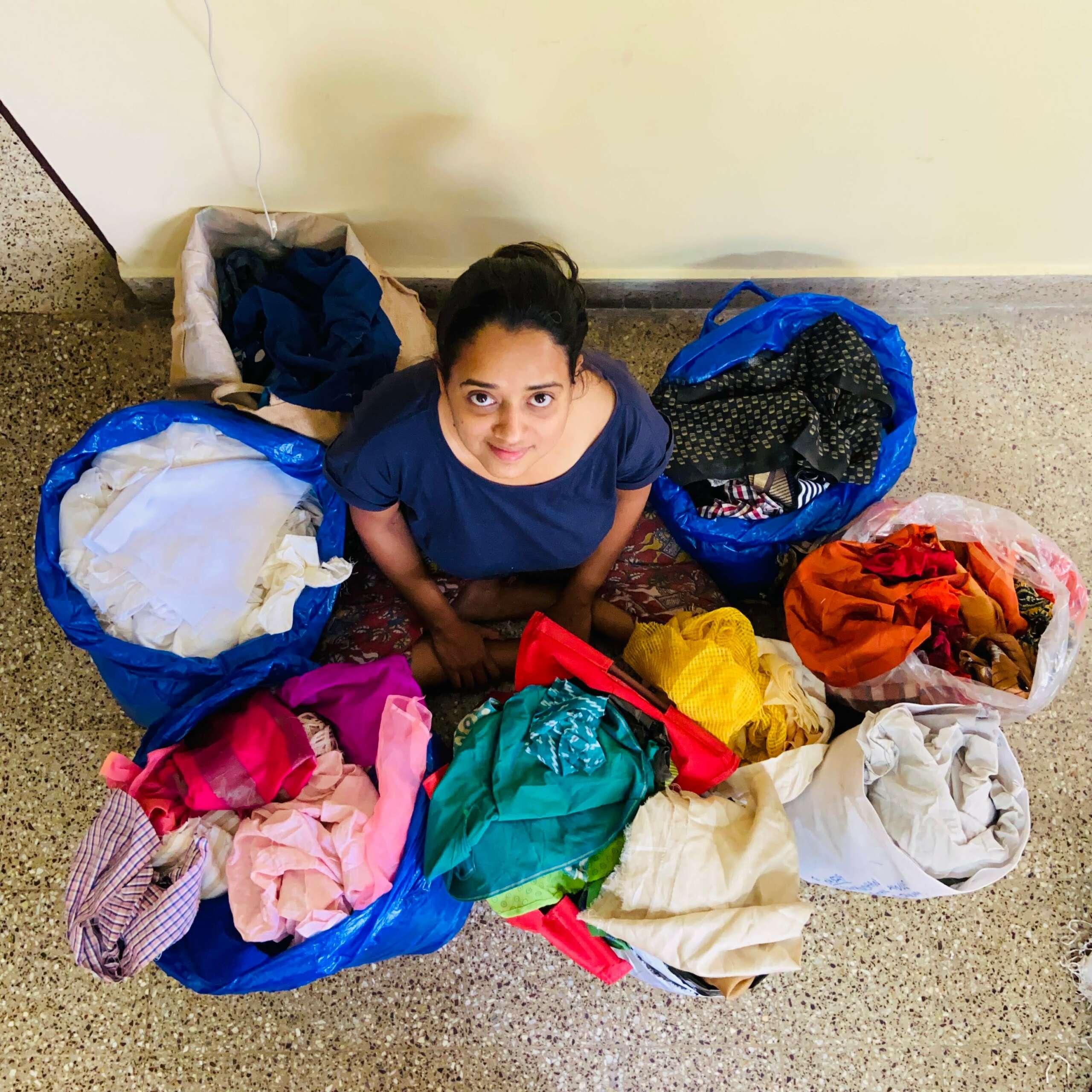

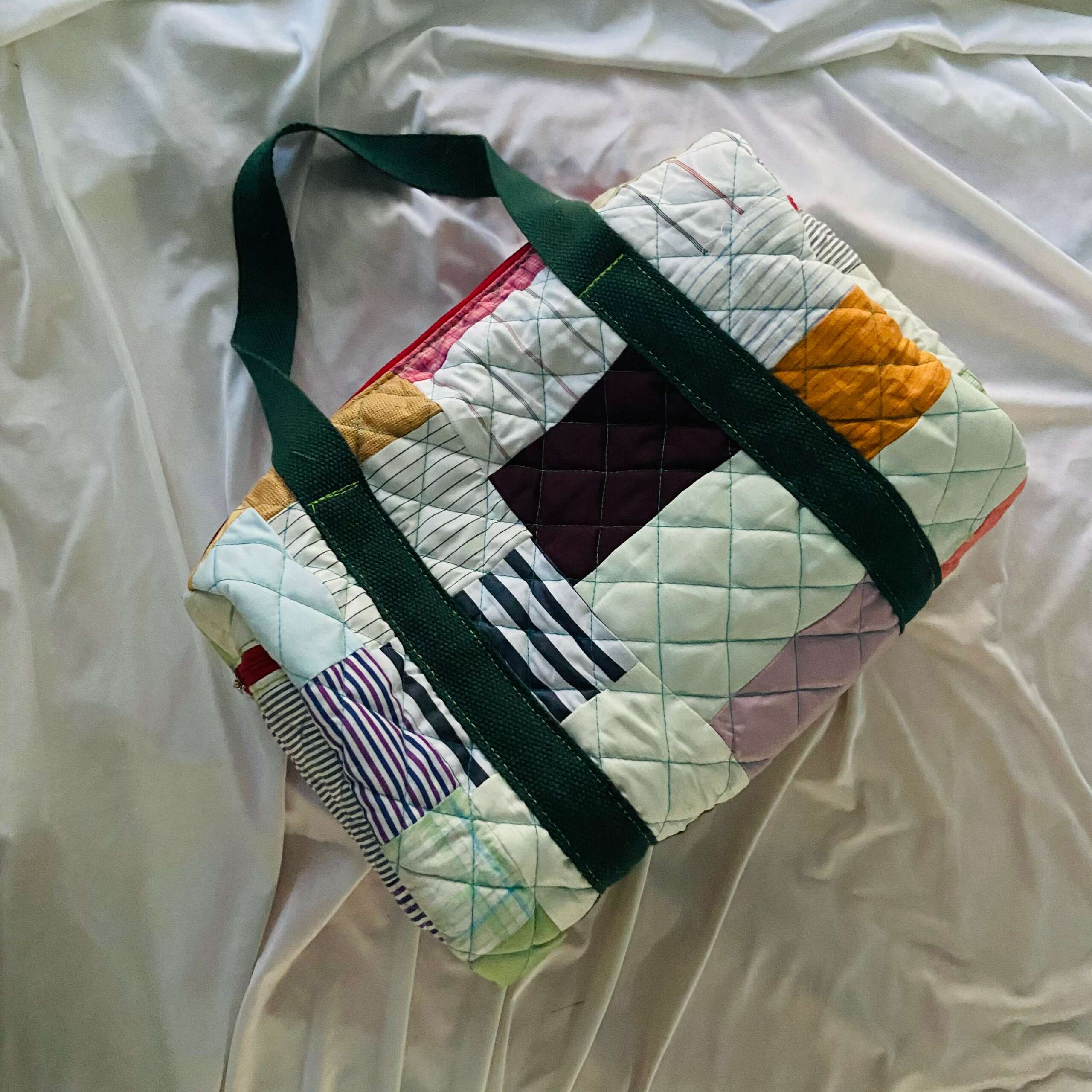
Great, appreciate you sharing that with us. Before we ask you to share more of your insights, can you take a moment to introduce yourself and how you got to where you are today to our readers.
Upcyclie- fashionable bags and stylish made by women of Chennai slums, from fabric extras. When we realised tailoring waste has been getting burnt and thrown away, we had to do something about it. When asked the tailors if they can put it to use, these were their words. “I feel guilty, but I don’t have an option. I don’t have the time or money to make something and then sell them”. The issue we were addressing was larger than it seemed. A Solid waste management report by Government of Tamilnadu, says 251 tonnes of fabric waste gets into landfill every day, from just the city of Chennai. This includes about 15kgs of reusable fabric waste that every tailor generates per week. Environmentalists say that these fabrics in landfills would take more than 20-25 years to decompose. Some might not too!
The 2nd issue we saw was- who were getting affected by this kind of dumping- it was the households, especially women in the slum communities as they inhale the burning fabric, they live next to the dumping ground as well. Can we address both together was the question. And we did.
I started training women in Chennai slums. This gave them the opportunity to learn a new skill of handmade products.
With our materials first methodology, we are able to create high quality bags and accessories that are handmade, trendy, fashionable and functional. Also giving opportunity to Chennai slum women to become artisans who convert fabric waste to value selling all over the world.
Team size is now at 18 women.
Rev per quarter is 8-10 lakhs
Profile of the founder:
As the founder of Upcyclie, Namrutha is passionate about building a sustainable future for the next generations through her waste to value with employment generation start-up. Established in 2021, the company makes a variety of bags and accessories for eco-conscious consumers all around the world.
Built along with her ever-growing team of amazing women from Slums of Chennai, Upcyclie is also incubated at IIM-Bangalore’s innovation and entrepreneurship hub and featured in Femina, Better India, Dinathandhi, Eenadu, DW magazine and other publications.
Before becoming an entrepreneur, Namrutha was a marketing professional at various corporations including Zoho, Ramco, Vizury, Manipal Education, and Tata Industries.
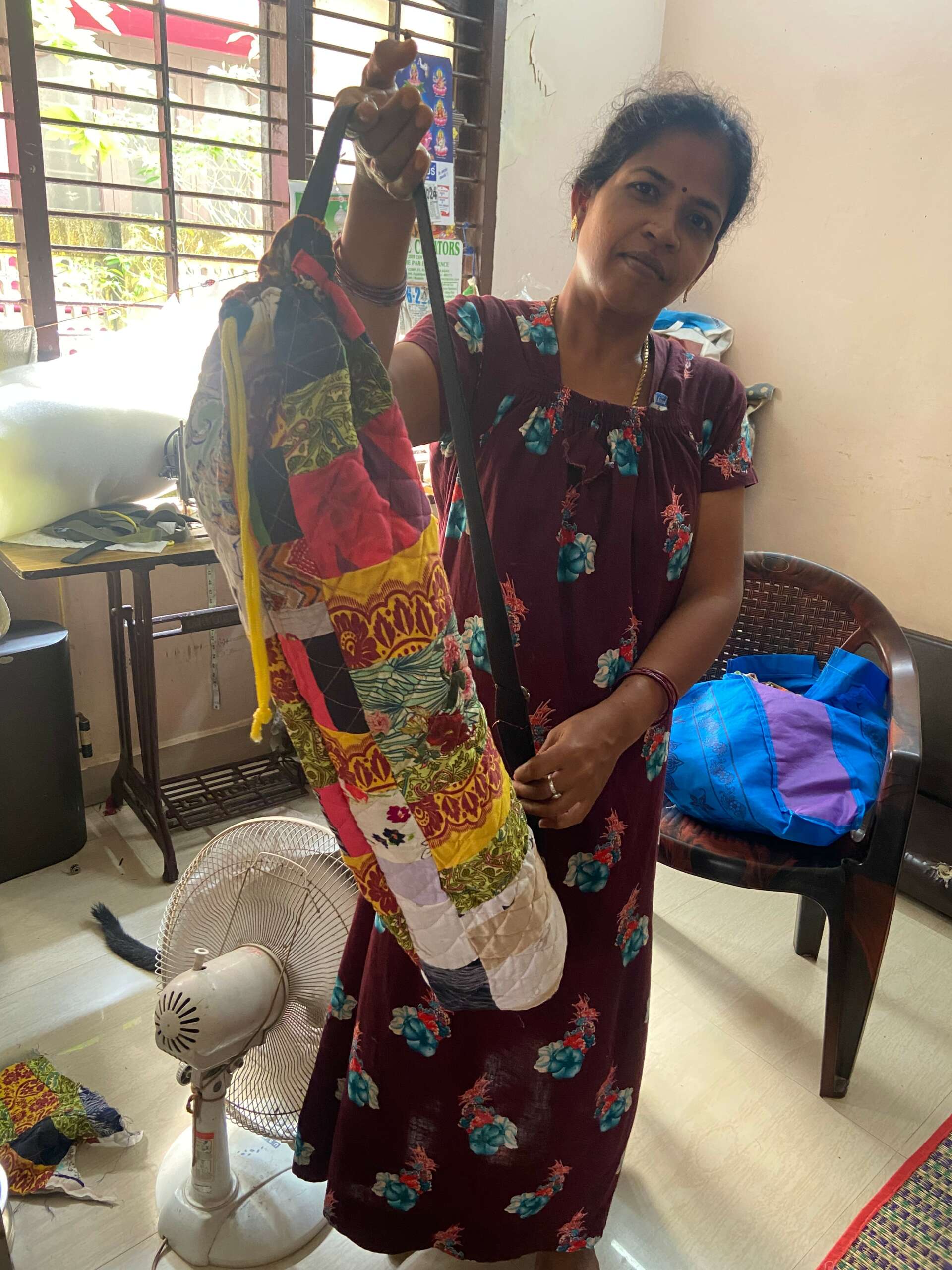
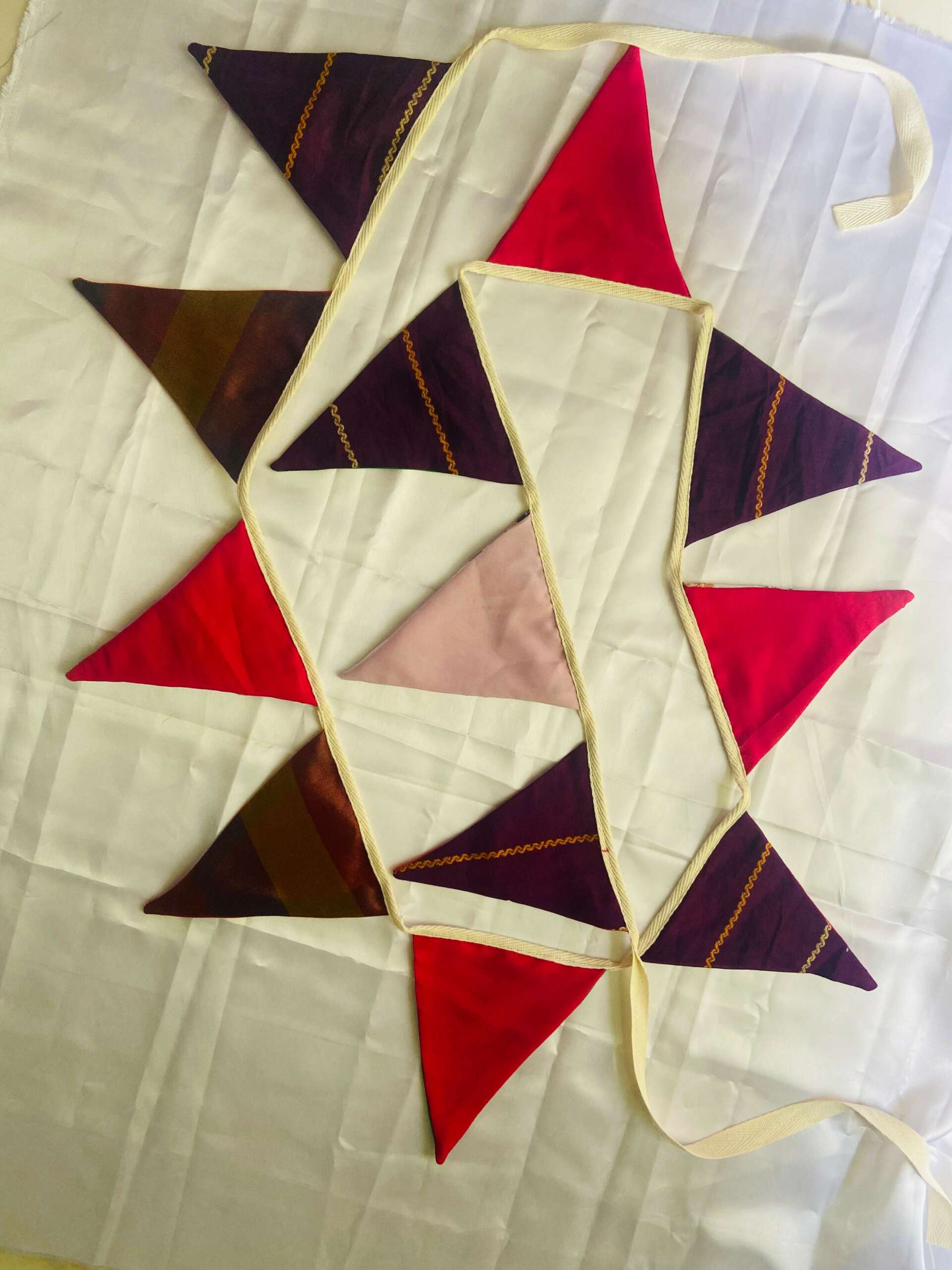
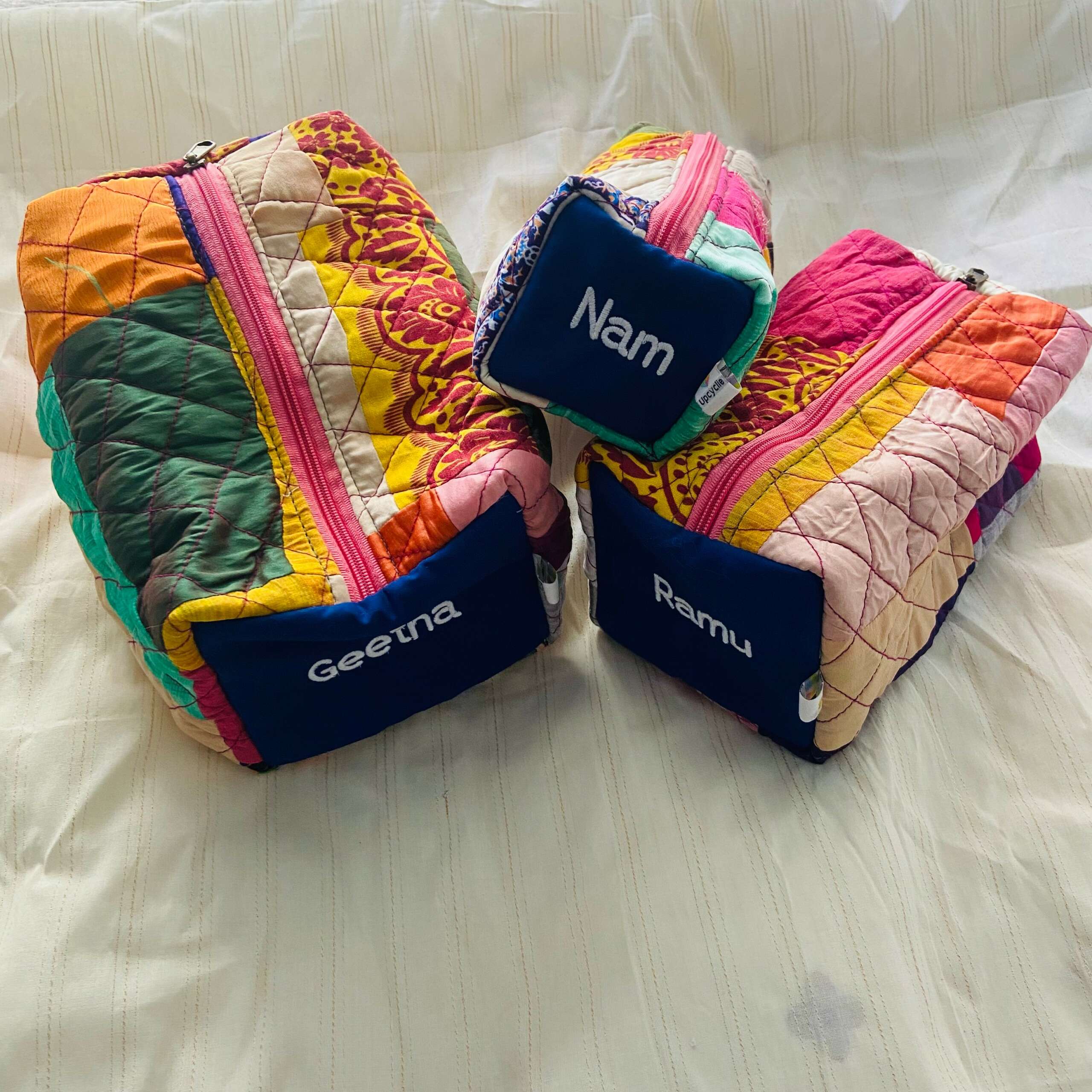
How about pivoting – can you share the story of a time you’ve had to pivot?
Pivot happened twice in my life- Once in career, another time in business. In career- I got placed as an HR in a huge corporate. The pay was great, but the job was not very satisfying. I wanted to stick around for the money, but it didn’t make sense beyond a certain point. I went ahead, quit, and found a job, at a very basic stage in another company. That recognised my talent for Brand marketing and story telling. I grew in the role, moved to digital marketing when it was right and moved on to head the department. I am happy I took the step to pivot, start from the beginning, without shying away from doing all the hard work to earn the same salary again.
#2 happened in business. When I started off, I made products that were first useful to me. I looked at myself as the audience. While I created great looking products, I didn’t realise I was catering to a niche.
I created Kindle sleeves and was extremely happy that I sold about 4 units of them every month for 6 months. Not realising, it really is not a great number. Just before I went ahead and created more of the same, I relooked at my numbers. My “patchwork” based products had more demand than all of the Kindle sleeve sales put together. I realised it was a style of its own, with colours and uniqueness that I was trying very hard to create with Kindle sleeves. It opened up a new market and I pivoted completely from these products and now have sold more than 25,000 pieces of patchwork bags.
We’d really appreciate if you could talk to us about how you figured out the manufacturing process.
Yes we do. Manufacturing/ Making has always been a fascination. Right from the creation of idea, putting it in a pattern to creating it bit by bit- was a beautiful process. When I started off, even though I was trained in the basics of the making, I didn’t have professional training. I went ahead and did it all on my own. It was a tedious process. And I realised, I wasn’t good at it, pretty soon.
I moved on to look for people who can help with the process. I found someone who was very disconnected to the work, but agreed to work on what I wanted. It started as a learning process for both of us.
But I wanted quick growth. Since I was also at a very nascent stage, I wasn’t very aware of the finishing, the final touch that actually makes customers pay etc.
I asked one of the vendors who supplied items for me, if he knew anyone who worked on finished products. I came across an artisan who was willing to make few items for me, and there it began.
Lesson learnt here: It’s best to find people in a common place- that vendor was a supplier of raw materials to me as well as the artisan.
Next when I realised the next step with the same artisan was going to be difficult, I moved back to the 1st ever person I met. Now that I learnt about finishing and how to look for errors and what mistakes NOT to make, I taught him those.
It was a tough process as we had to do multiple prototypes, before we finalised on what was sale-able. There is NO one right vendor. You will need different types at different stages of business. As I learnt, I imparted the knowledge gained, so that helped all of us equally in growth.
Contact Info:
- Website: https://upcyclie.com/
- Instagram: https://www.instagram.com/upcyclie/
- Linkedin: https://in.linkedin.com/in/namrutharamanathan
Image Credits
In the photo: Bhuvana akka, Shalini akka Me- Namrutha Ramanathan


